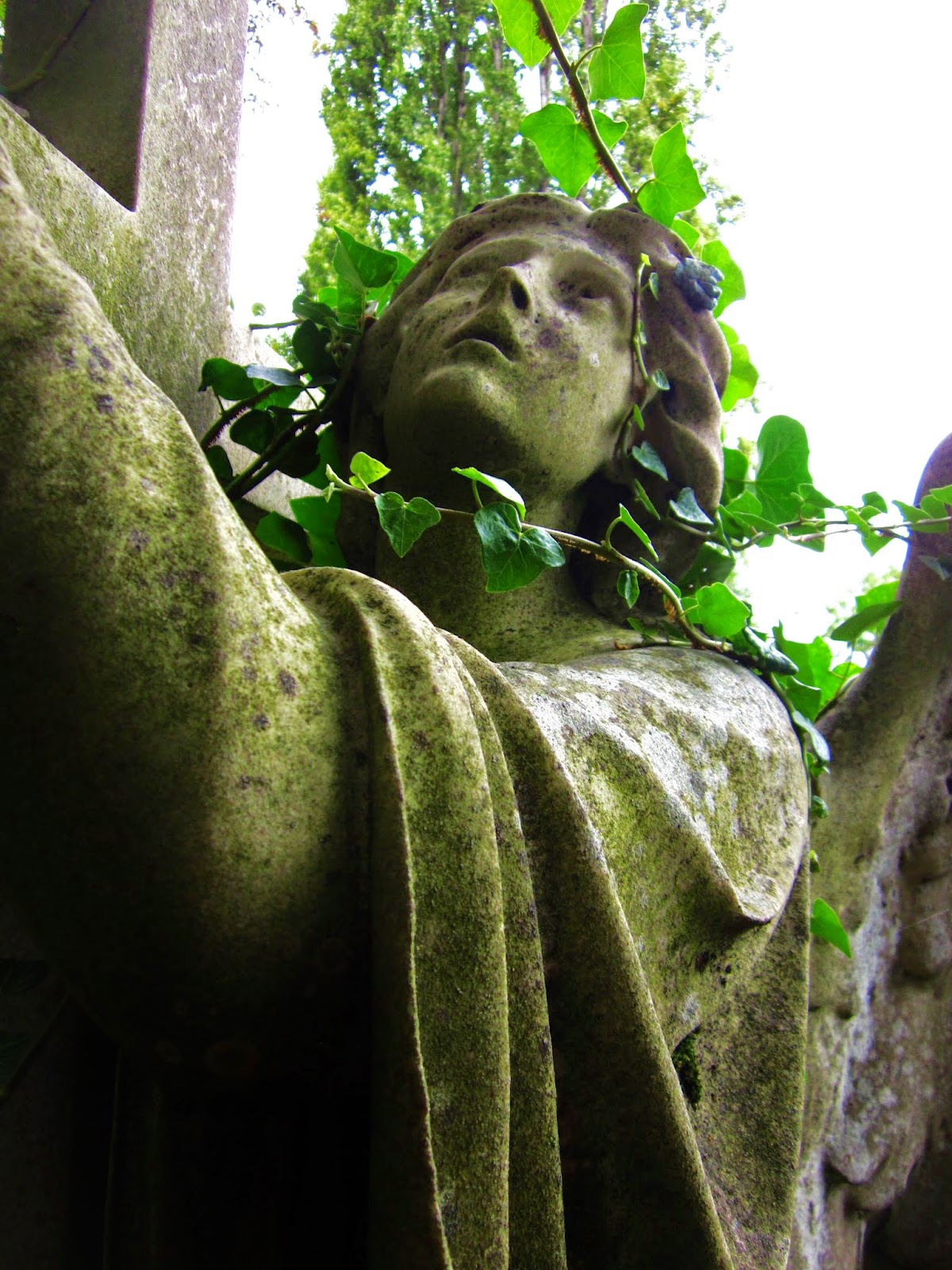Mandrake (2022)
Mandrake tells of probation officer Cathy Madden (Deirdre Mullins), who is assigned to help with the rehabilitation of recently released ‘Bloody’ Mary Laidlaw (Derbhle Crotty), who had been incarcerated years prior for the murder of her abusive husband. Rumours have long swirled in the local area concerning Mary’s dabbling in witchcraft and involvement in cases of missing children. No sooner has she been released, than the bodies of several local children are found in the woods near her farmhouse. As Cathy and local police delve deeper, the veil between real and imagined starts to fray and Cathy is drawn into a dark world of occult ritualism and blood sacrifice.
Directed by Lynne Davison and written by Matt Harvey, Mandrake is a delicious slice of witchy, Northern Irish folk horror, dripping with atmosphere and arcane lore. While Irish horror is having a moment right now, with acclaimed titles such as Aislinn Clarke’s Fréwaka and Kate Dolan’s You Are Not My Mother mining rich and creepy folklore to explore notions of identity, history and place to horrifying effect, there hasn’t been much horror output from the North of Ireland. Of course, Northern Irish independent filmmakers have been operating outside the mainstream on micro-budgets since the 90s – see Enda Hughes, George Clarke and Darryl Sloan – but properly funded and distributed projects (such as Boys from County Hell [2020]) remain very thin on the ground. This is likely due to how funding is allocated to film projects in the North, a still very small film industry and perhaps even a snobbery towards horror, or even a wariness, given Northern Ireland’s own violent, bloody history. With all this in mind, it’s wonderful to see homegrown horror in the form of a film like Mandrake.
Harvey’s screenplay explores ideas regarding motherhood, persecution and historical trauma. Tapping into the realms of the Gothic, Mandrake considers the ‘return of the repressed’ as the past, in the form of ‘Bloody’ Mary Laidlaw, re-emerges to create chaos in the present. From its opening scene with a man desperately attempting to unearth something from the ground in a moonlit forest, clumsily writhing in the muck, to its chilling conclusion, Mandrake is embedded in notions of the hidden and the unknowable. Notions of duality are conjured in the figures of Cathy and Mary, who initially seem as opposed as light and dark, but as the story unfolds, we learn both are strong, resilient women, both have faced adversity in different forms, both are mothers who have lost children, and both are outsiders. Whereas Cathy is rational and represents order and structure, Mary submerges herself in paganistic ritualism and spell-craft, emerging as a chaotic figure connected with nature and the earth.
The social realism of the contemporary setting, with its use of technology and ideas of justice, morality and society, has a powerful juxtaposition with gradually materialising ideas about the ‘Old Ways’ of superstition, magic and witchcraft. The story is most interesting when it is suspended between the world of the mundane and the ordinary, and the world of the extraordinary, the miraculous, the preternatural. There’s also some astute social commentary regarding the justice system, rehabilitation and societal reintegration. Harvey explores the grey area within the idea of second chances and fresh starts, and the attitudes of a local community towards a woman who killed her husband after suffering years of torture and abuse. Mary has been ostracised and ‘othered’, living in her old, ramshackle farmhouse - which was deemed habitable by social services even though it doesn’t have electricity or heating – on the outskirts of the town.
As the story unfolds there is a literal witch hunt as a group of locals descend upon Mary’s farmhouse demanding justice and retribution for the deaths of two young children. Mary’s reputation, and the hold this has had over the local community for decades, means even some of the adults are afraid of her. Rationalism and logic begin to waver as people begin to listen to base instincts, primal warning systems, parental impulses. Davison’s direction conjures foreboding and unease early on, gradually weaving in ideas regarding witchcraft and the occult, and sustaining a slowly building atmosphere of horror that never dissipates. While the plot becomes a little murky towards the end, her direction and use of striking imagery maintains the mounting sense of dread which fuels momentum.
A darkly atmospheric folk horror.




